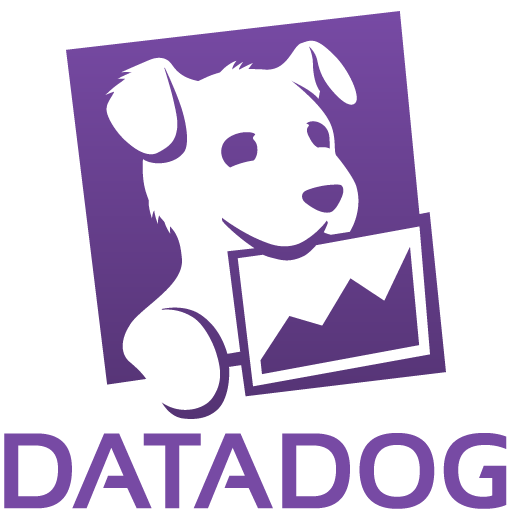
Datadog Pro
DatadogExternal reviews
725 reviews
from
and
External reviews are not included in the AWS star rating for the product.
Great Observability Platform
What do you like best about the product?
Makes it easy to observe our distributed app top to bottom .
What do you dislike about the product?
There are a lot of features, but it isn't cheap to get them. We spend a lot of time and energy trying to keep our log ingest costs down
What problems is the product solving and how is that benefiting you?
We've got a distributed system with millions of log events daily, and it helps us tie together how the systems work with each other.
Great partnership looking to explore how to take it further
What do you like best about the product?
Good observability and great partnership
What do you dislike about the product?
Need more adoption in client see more clients with dynatrace splunk in
What problems is the product solving and how is that benefiting you?
Observability and ai ops
SDE
What do you like best about the product?
the. latest in observability and ease of access
What do you dislike about the product?
the onboarding is tricky and too many buttons
What problems is the product solving and how is that benefiting you?
network logs
Ease of troubleshooting
What do you like best about the product?
Using traces and RUM to diagnose backend and frontend issues when poor system behavior is happening as been very helpful to quickly detect where the problem is and how to resolve it. The datadog CI tool is also very powerful
What do you dislike about the product?
The system can be very complex to onboard and get started at once. Need to understand and use 1 tool at a time
What problems is the product solving and how is that benefiting you?
Observability
Best in class product
What do you like best about the product?
It's easy to use and does what it says it will do. APM is a lifesaver and mostly sets itself up.
What do you dislike about the product?
Be careful about data volume because if you're not it can get expensive quickly.
What problems is the product solving and how is that benefiting you?
We had literally no observability on our applications after migrating to cloud and the automatic tooling for APM got us there very quickly.
APM - Usage
What do you like best about the product?
Ability to have detailed logs traces for observability
What do you dislike about the product?
Limitation of using services outside on the contract
What problems is the product solving and how is that benefiting you?
Ability to gain insights into the application level logs and bottlenecks
Very easy to use everyday
What do you like best about the product?
The apm traces are a godsend. They are easy to use and helpful in debugging
What do you dislike about the product?
Too many things and options. Hard to find in dashboard
What problems is the product solving and how is that benefiting you?
Latency issues
Very well
What do you like best about the product?
Great APM to help operations it, mainly in retail
What do you dislike about the product?
Price it’s not a great side, but it’s possible
What problems is the product solving and how is that benefiting you?
Many
Datadog Dashboards
What do you like best about the product?
We're able to design our own metrics , and build our own dashboards. We can also have custom alerts on it. I also like the feature where you can see the pattern of the logs.
What do you dislike about the product?
I dont use it as extensively, so far whatever I have used have been good
What problems is the product solving and how is that benefiting you?
Building custom metrics and building notification on top of the dashboards
INCREDIBLE to use it
What do you like best about the product?
Simplicity for the deployment and create dashboards and extract information
What do you dislike about the product?
Mobile APP is to slow, and you can't search easy
What problems is the product solving and how is that benefiting you?
APM to solve some hidden issues,
showing 121 - 130